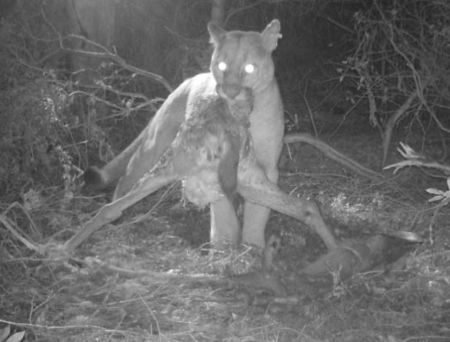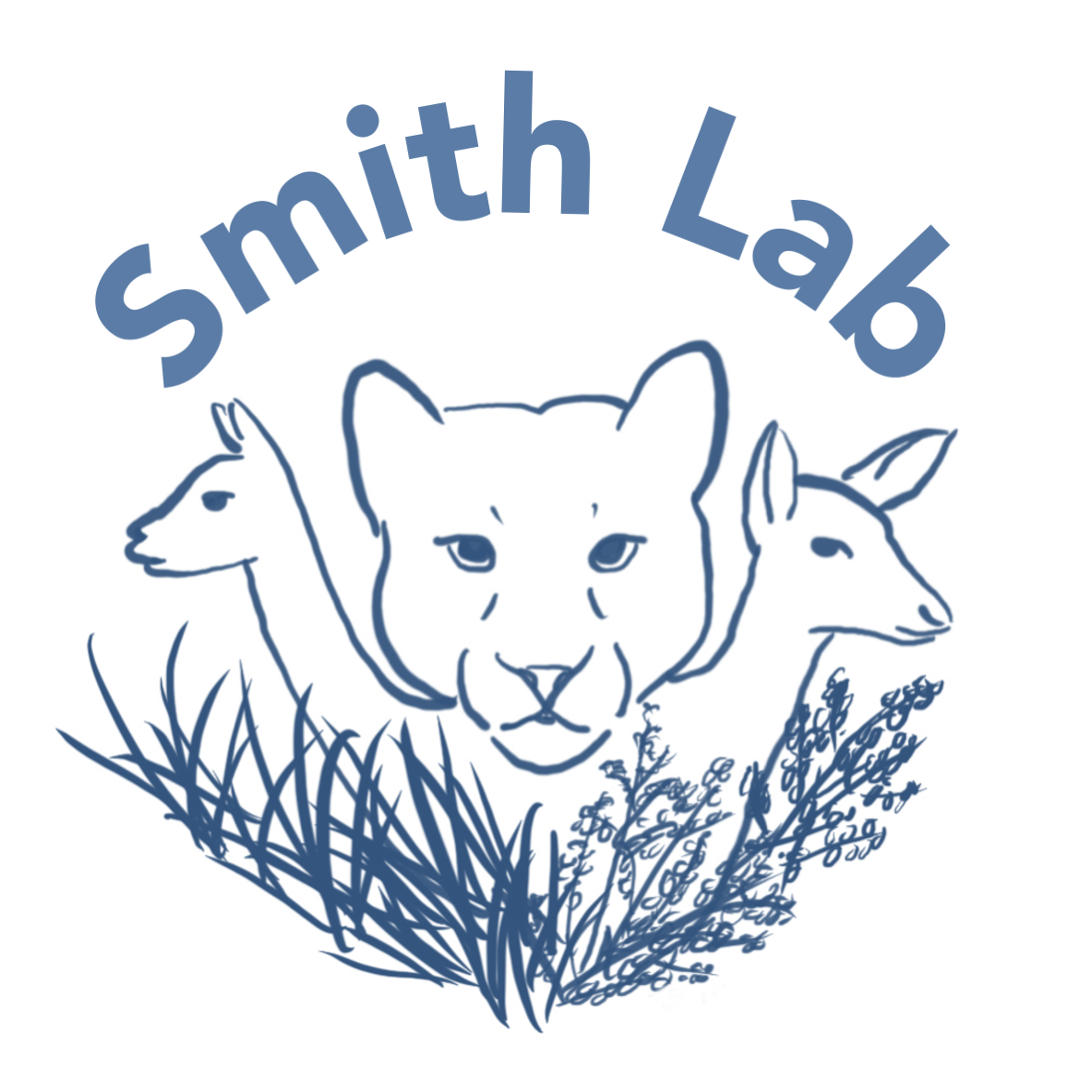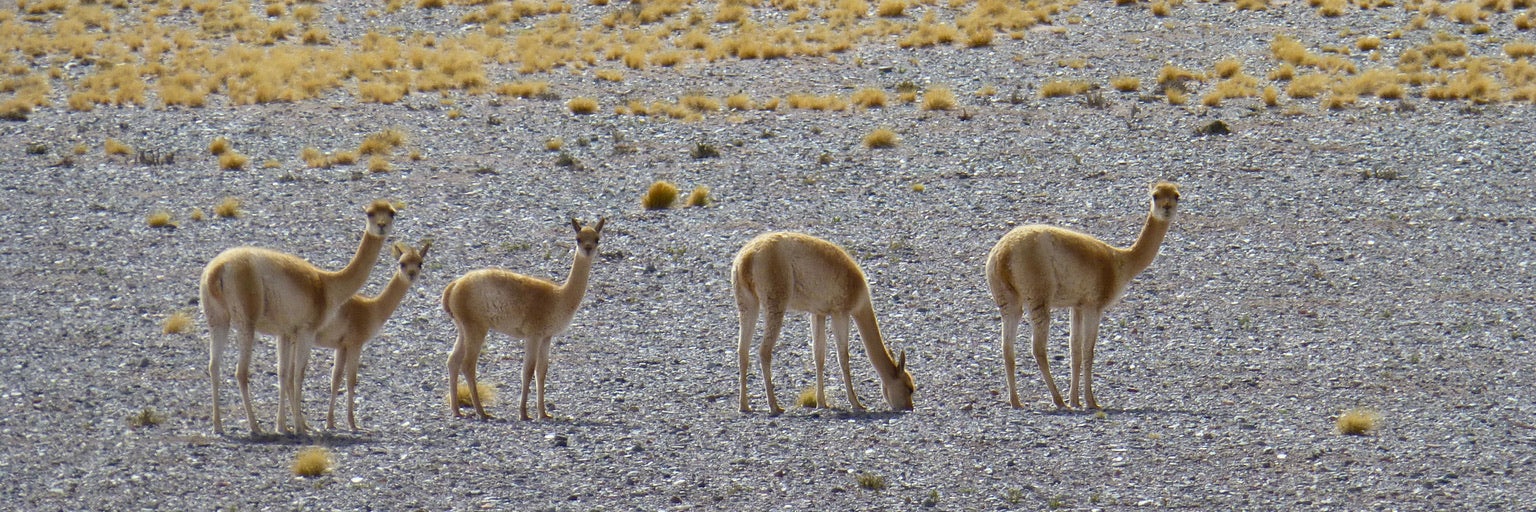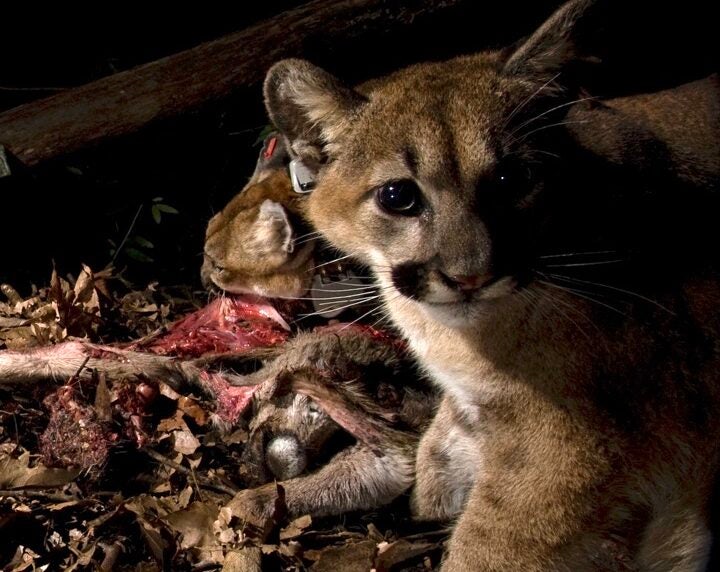Research
Human-wildlife coexistence, large vertebrate recovery, and restoration of rangelands
Collaborating Institutions: Rewilding Argentina, CONICET, UC Berkeley, University of Wisconsin - Madison, University of Wyoming
Large mammals are recovering across Patagonia, despite ongoing conflicts with local livestock producers. Our research program focuses on improving the outcomes of wildlife recovery by mitigating human-wildlife conflict and informing management solutions to restore the Patagonian steppe. Faced with ongoing challenges of climate change and human-wildlife interactions, this region embodies the many difficulties and opportunities that face landscape-level conservation initiatives worldwide.
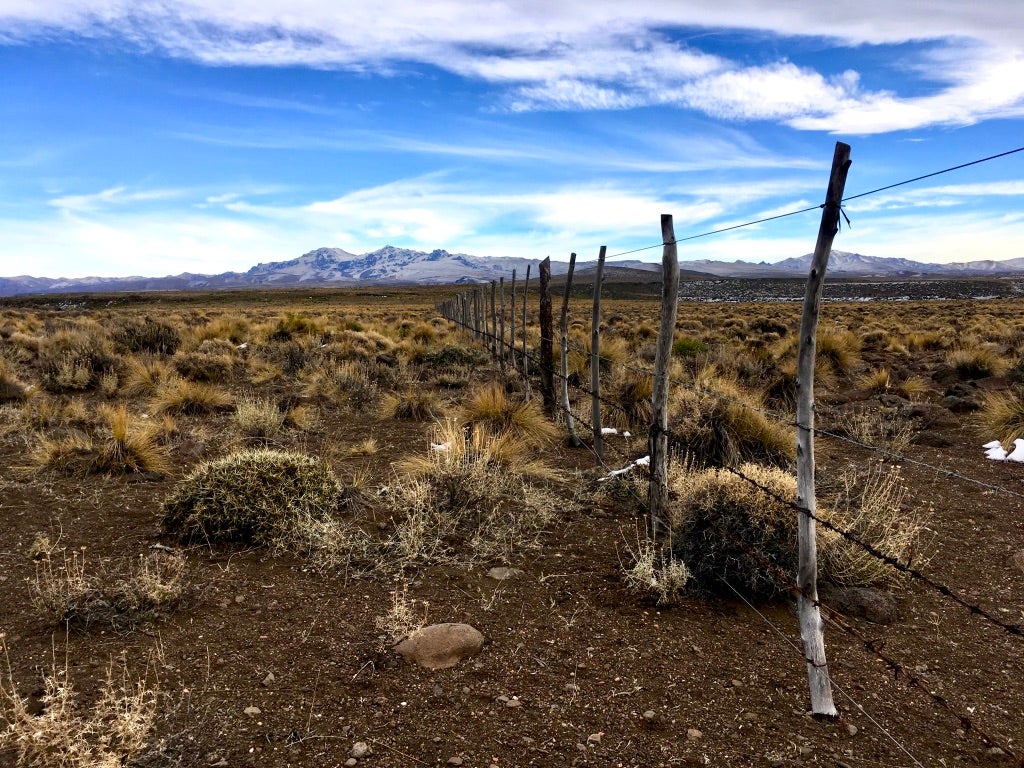
Risk effects in arid landscapes
Collaborating Institutions: Rewilding Argentina, CONICET, UC Berkeley, University of Wisconsin - Madison, University of Wyoming
Landscapes of fear can dictate how animals utilize resources, move through space, and interact with other species. Our work explores the spatial and temporal dynamics of predator-prey interactions using pumas and vicuñas as a study system in San Guillermo National Park, Argentina, where rare high quality forage is also associated with high risk of predation. We also examine how these dynamics influence the cascading effects of Sarcoptic mange in vicuñas.
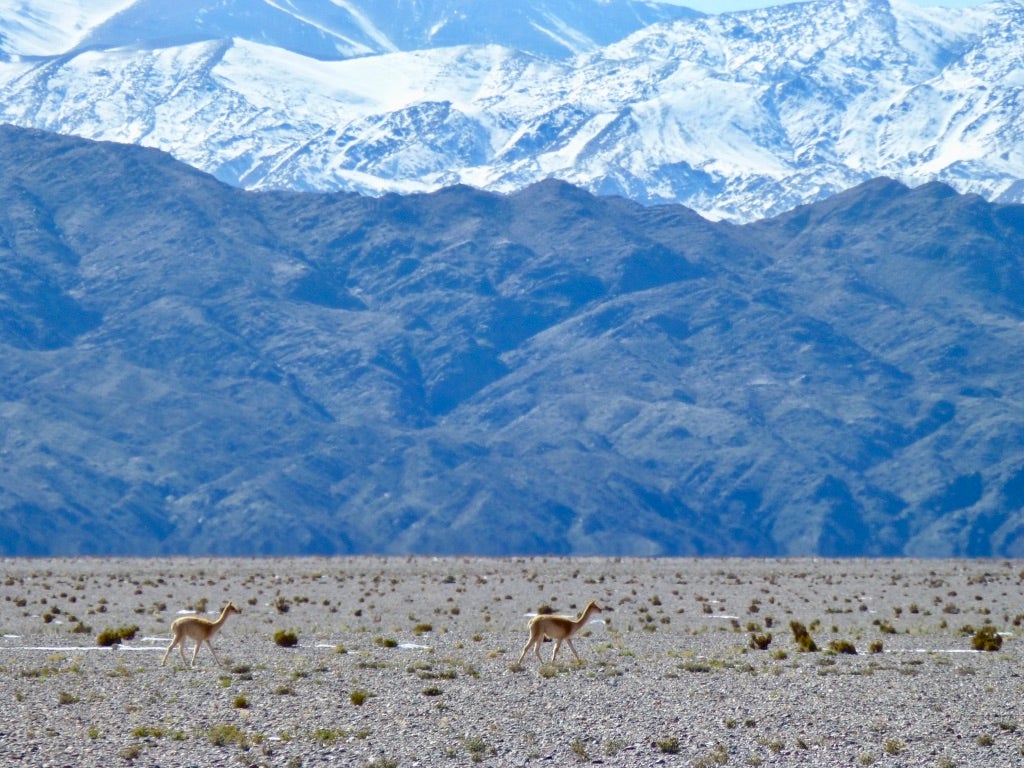
Wildlife behavior and ecology in the built environment
Collaborating Institutions: National Park Service, California Department of Fish and Wildlife, University of Nebraska - Lincoln, UC Santa Cruz, Western University
Our work examines how human-induced fear influences risk-mitigation strategies, diet selection, predator-prey interactions, energetics, competition, and landscape connectivity for California wildlife. We seek to understand the ecological consequences of displacement of pumas as behavioral top predators and the effects of synergistic anthropogenic effects on mule deer in human-dominated landscapes in California.
Advancing concepts and methods in predator-prey ecology
Collaborating Institutions: Many!
We work to advance research and insights within predator-prey ecology by promoting new perspectives on species interactions and contributing to methods development. We formulate novel frameworks to examine risk responses to humans, apply the ecology of fear to management, conceptualize human impacts on animal movement, study the stages of predator-prey interactions, and evaluate evidence for risk effects. We also develop and apply experimental camera trap methods and advancements in biologging.
